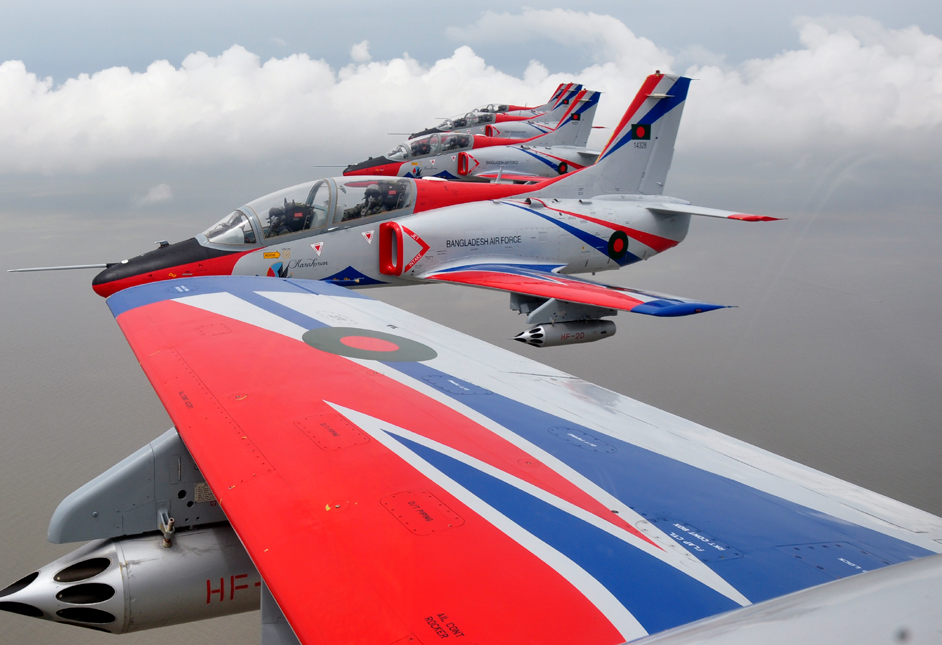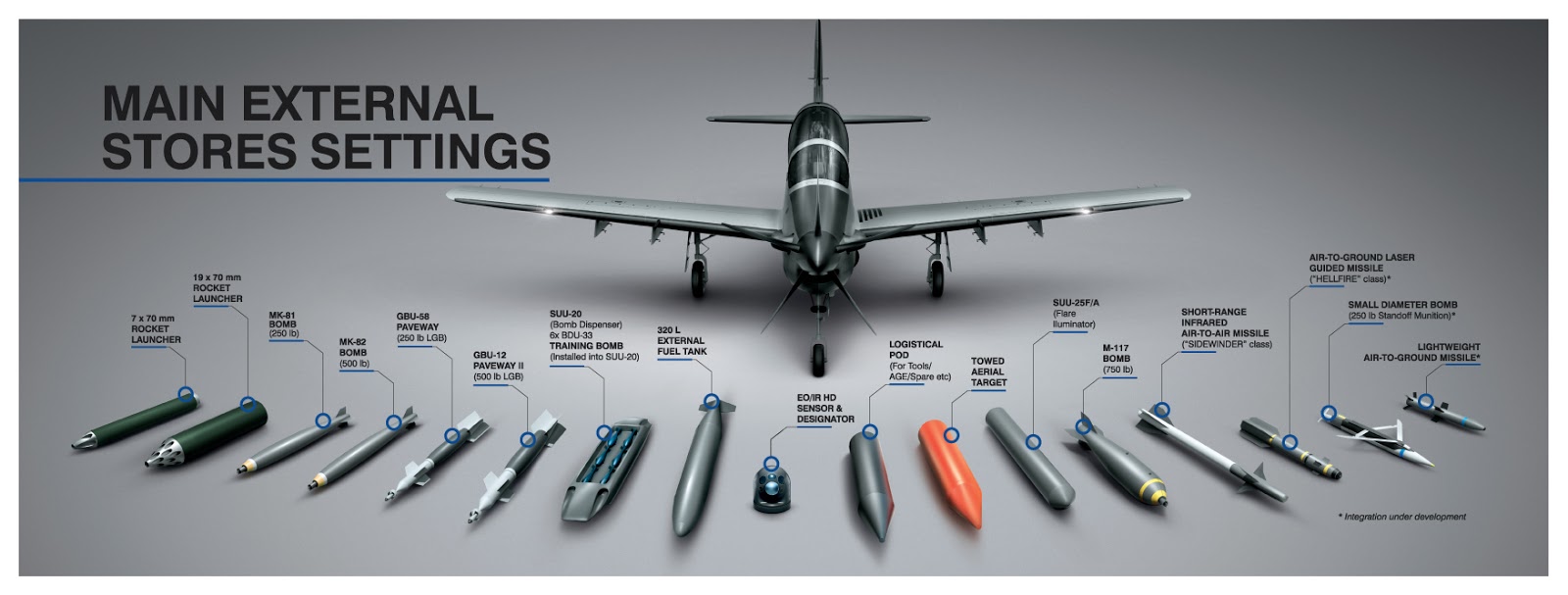Brother - PC-21 is a later modernized version of the Swiss turboprop advanced trainers PC-7 and PC-9.
PC-21 can satisfy basic and advanced flight training, full mission management training, and embedded simulation/emulation.
The aircraft possesses a powerful, flexible, and cost-effective integrated training system; providing sufficient ease of use for inexperienced pilots while posing greater challenge to advanced pilots.
It is general consensus, that while the PC-21 is a turboprop powered by the well-proven PWC Canada PT-6A (same as that used on many small utility turboprop aircraft and airliners including the ubiquitous twin otter), it possesses superior aerodynamic performance when compared with any other turboprop trainer on the market (including Musshaq which has a non-turboprop engine) and even older jet trainers. Look at the efficient planform.
In fact in the top speed arena, the PC-21 can reach 426 MPH (Never exceed speed). Which is not too shabby compared to a jet trainer like the K-8 (500 MPH), which is much more heavier and in a pinch, can be used for COIN and airfield defense duties. The Myanmarese have used the K-8 as COIN aircraft against insurgents in their country.
The PC-21 is a pure trainer (and an excellent one), but cannot be used to carry things like unguided rockets, which the K-8 can. Both aircraft have advanced glass cockpits, EFIS and zero/zero ejection seats in tandem seating pattern.
These are the Bangladesh K-8W's in airshow paint.
If you want a turboprop trainer with Missile capability, the A-29 Super Tucano (EMBRAER) from Brazil is a good choice as it was tried out for USAF OA-X project (USAF light attack experiment). It has four hard points, the inner ones can be plumbed for light fuel tanks and outer ones can carry guided bombs or sidewinders (or Mavericks, Hellfires, JAGM etc.).
Additionally HMG's in wing (200 rounds for the
FN Herstal M3P 12.7 mm (.50 in) machine gun,
firing rate of up to 1,100 rounds per minute).
Super Tucanos can also carry a centre-line tank for 400 litres (88 imp gal; 110 US gal) of fuel
Afghan Air Force A-29 seen with HMG's in wing and add'l side armor plating to protect engine and pilots


 www.defensenews.com
www.defensenews.com



















